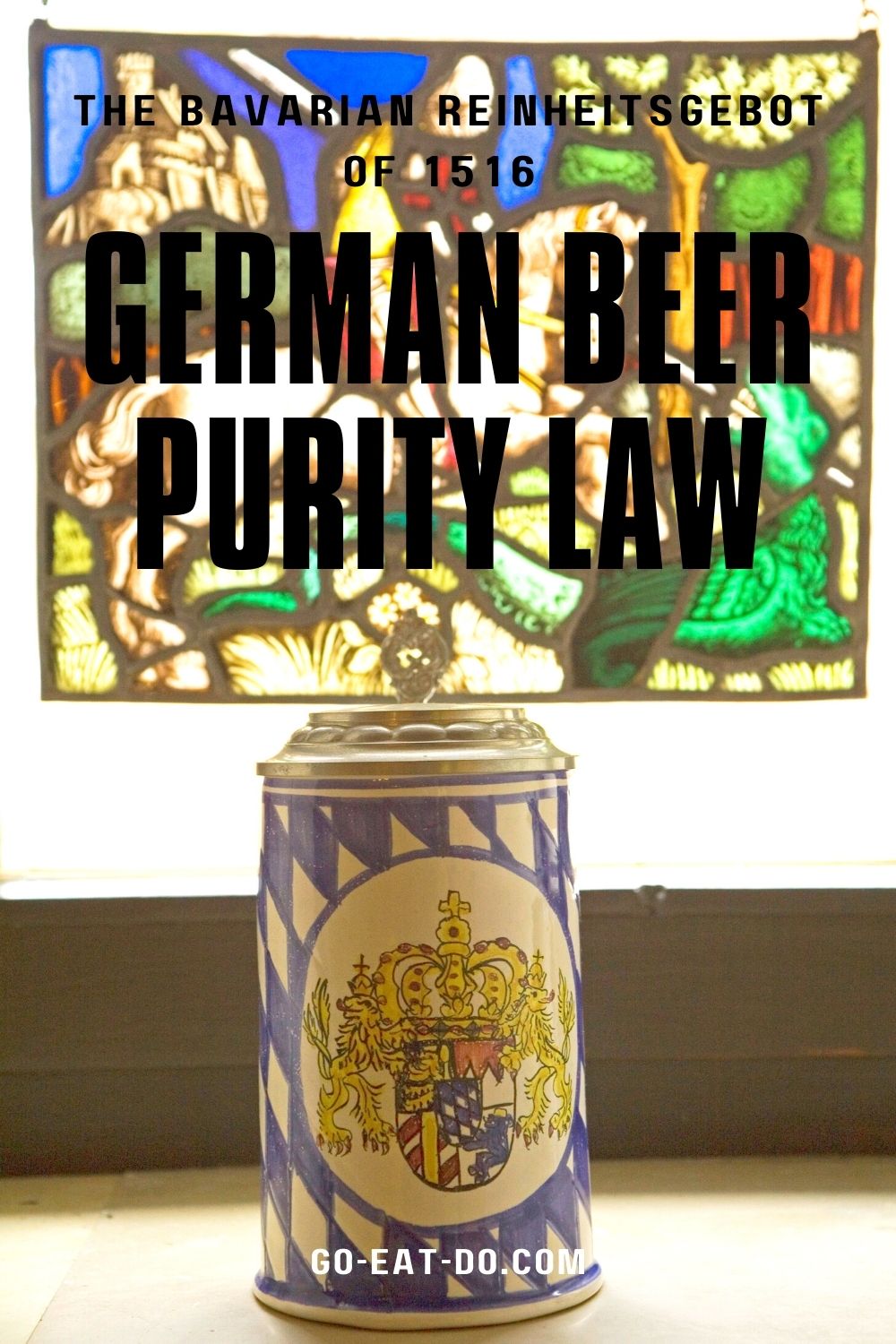Stuart Forster talks with German brewers about the history and legacy of the Bavarian Reinheitsgebot, the German beer purity law of 1516, that regulates ingredients used during brewing.
Disclosure: Some of the links below and banners are affiliate links, meaning, at no additional cost to you, I will earn a commission if you click through and make a purchase.
In 1516 the Reinheitsgebot, regulating the pricing and ingredients of beer, became law across the Duchy of Bavaria. Some people herald it as a world first: a law governing food production had become valid across an entire territory.
Bavarian purity law
The term Reinheitsgebot is commonly translated into English as ‘beer purity law’ but it had broader implications. Restricting the ingredients of beer to barley, hops and water ensured that rye and wheat were available to bakers, so the populace had an adequate supply of affordable bread.
Barrels of impure beer could be confiscated. It also limited innkeepers’ margins of profit on beer sales and permitted Bavaria’s ruler to curtail beer production if barley became scarce. Shortages, and localised famines, were by no means uncommon in Europe during the Middle Ages.
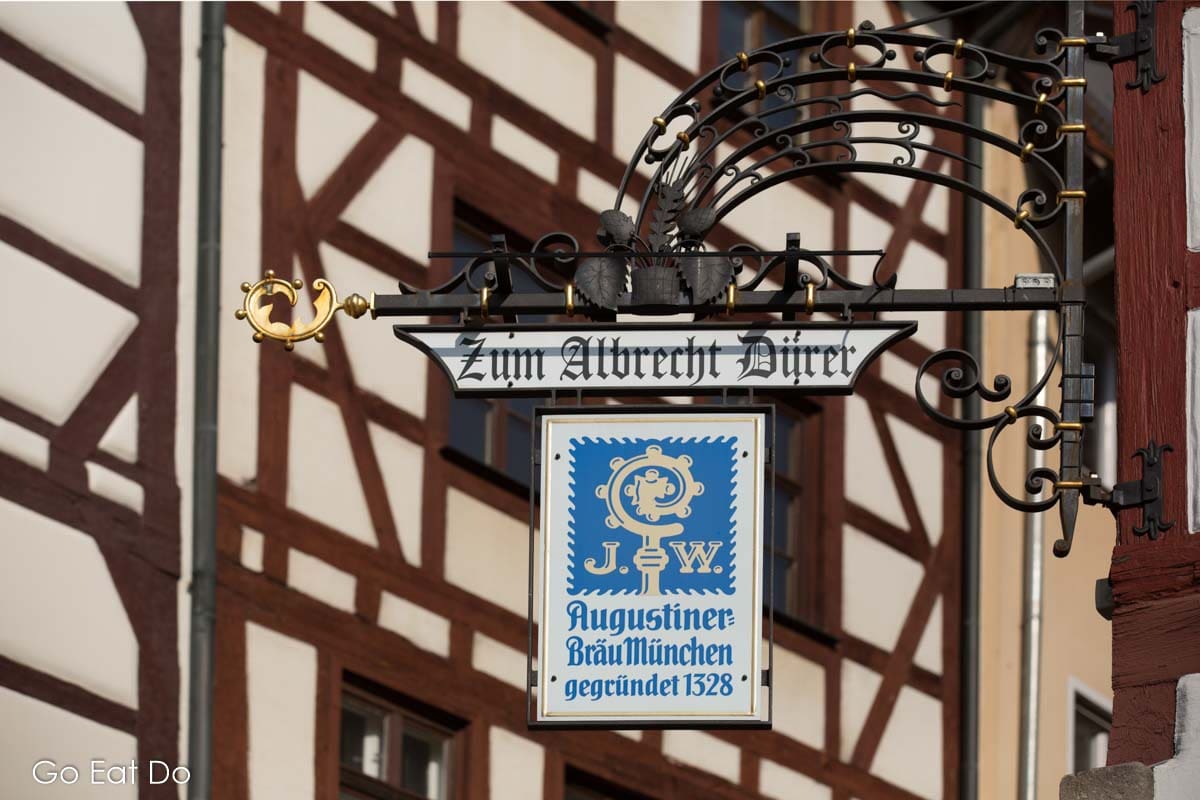
Reinheitsgebot of 1516
“I’m proud my ancestors have ensured the oldest food control law is still valid today,” says Prince Luitpold of Bavaria, a member of the Wittelsbach family in whose name the law of 1516 was proclaimed.

The prince is actively involved in the brewing industry as the CEO of the König Ludwig Schlossbrauerei, whose headquarters and production base are at Kaltenberg Castle, 55 kilometres (34 miles) west of Munich. During summer, the grounds of the castle host the Kaltenberg Ritterturnier (Kaltenberg Knights’ Tournament).
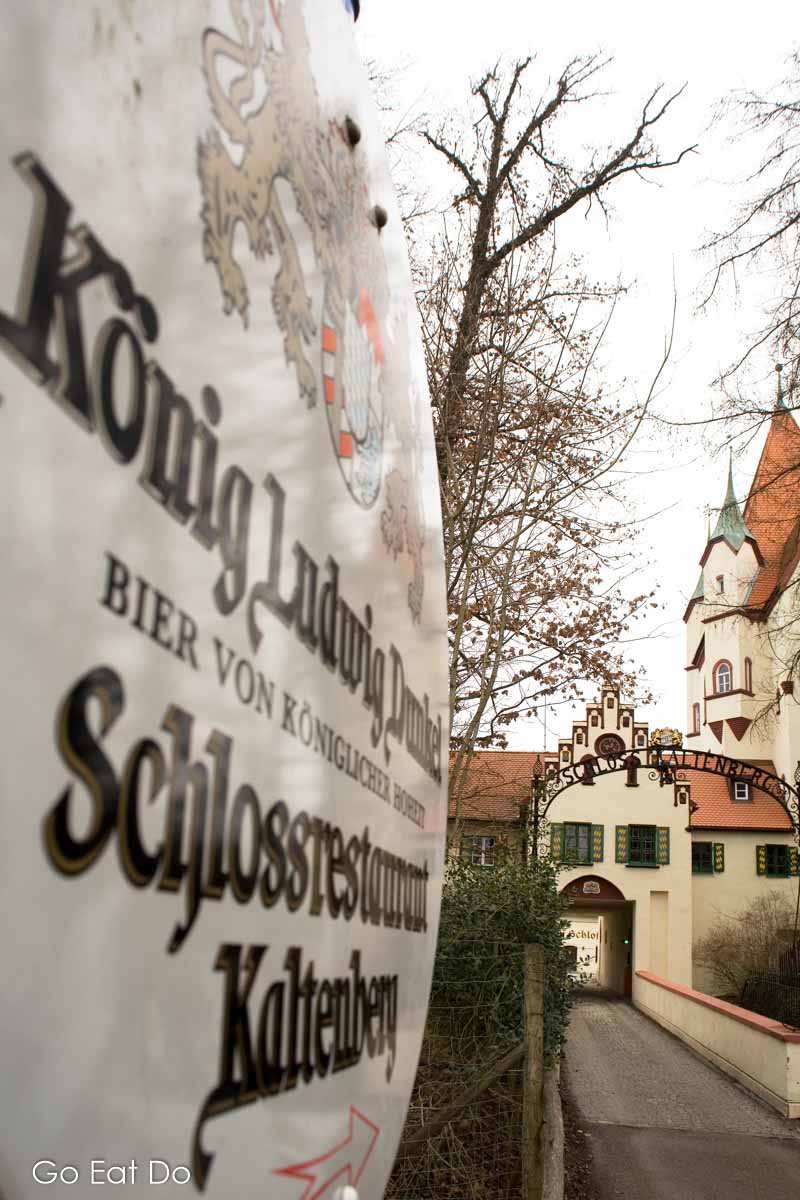
Beer in the Middle Ages
In the Middle Ages, when many people drew their water from wells, beer was often a safer drink, at least when it was brewed without adulterating ingredients. Long before tea and coffee were introduced to Europe, it was common for people to wake and take a draught of beer. The beer drunk on a day-to-day basis contained significantly less alcohol by volume than most brews available today. Even children would consume beer regularly.
“The Bavarian purity law is unique because it was the first real food law in times [when] beer really was seen as food for the people,” says Simon Rossmann, the head brewer of Giesinger Bräu, which was established in Munich in 2006, becoming the city’s first new brewery since 1889.
“The simple and clear law made Bavarian brewers focus on making the best beer out of defined materials and ensured the trust of consumers,” says Prince Luitpold.
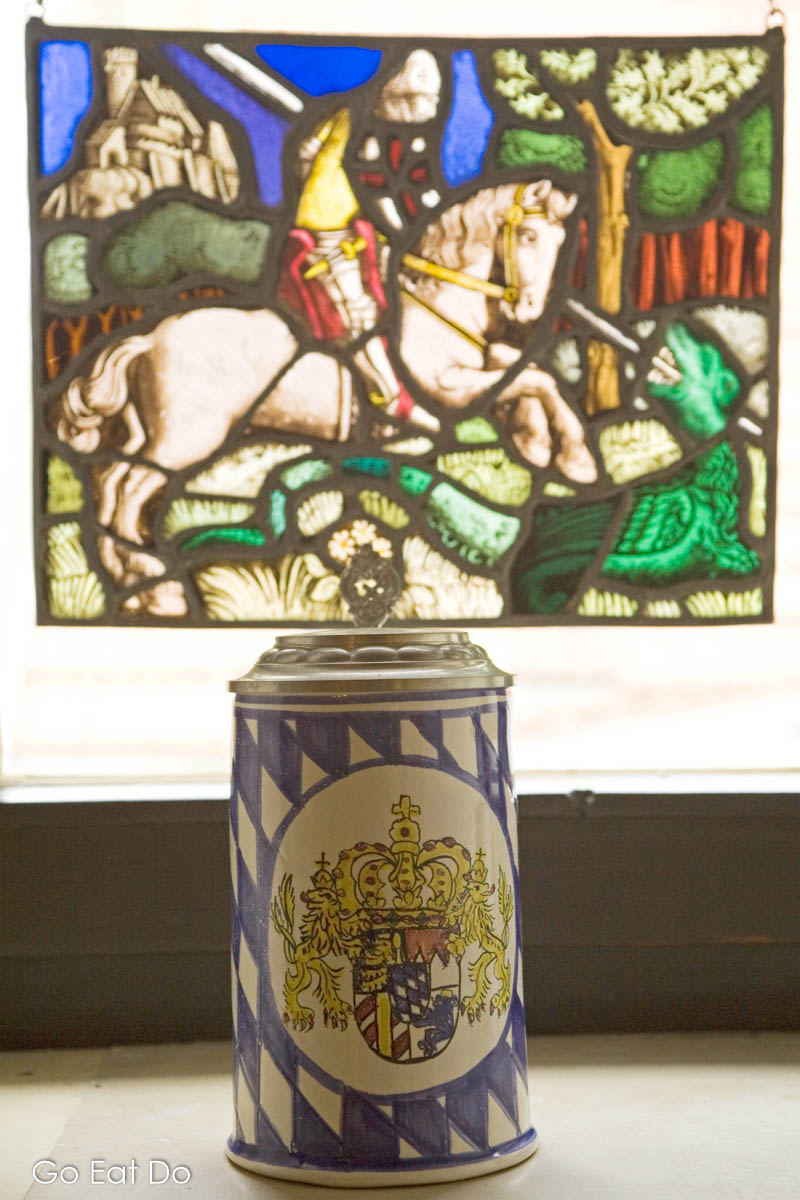
German beer purity law
The introduction of the German beer purity law of 1516 meant brewers could no longer mask the foul flavour of a bad brew by adding spices or more dubious ingredients. Prior to the introduction of the Reinheitsgebot there is anecdotal evidence that herbs, sometimes with toxic side effects, and dubious ingredients such as the gall bladders of oxen were occasionally added to beer.
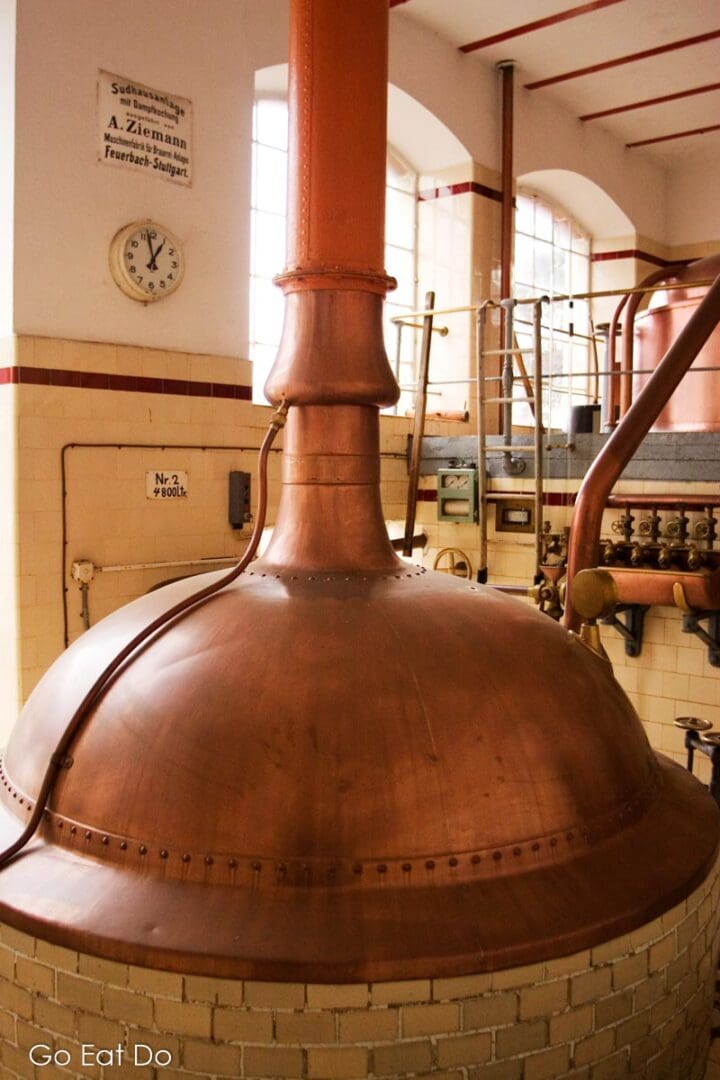
Hops, in addition to imparting flavour, help stabilise and preserve beer. Nonetheless, in a pre-industrial era, long before people understood the implications of microbiology on brewing, batches of beer were prone to variations in quality.
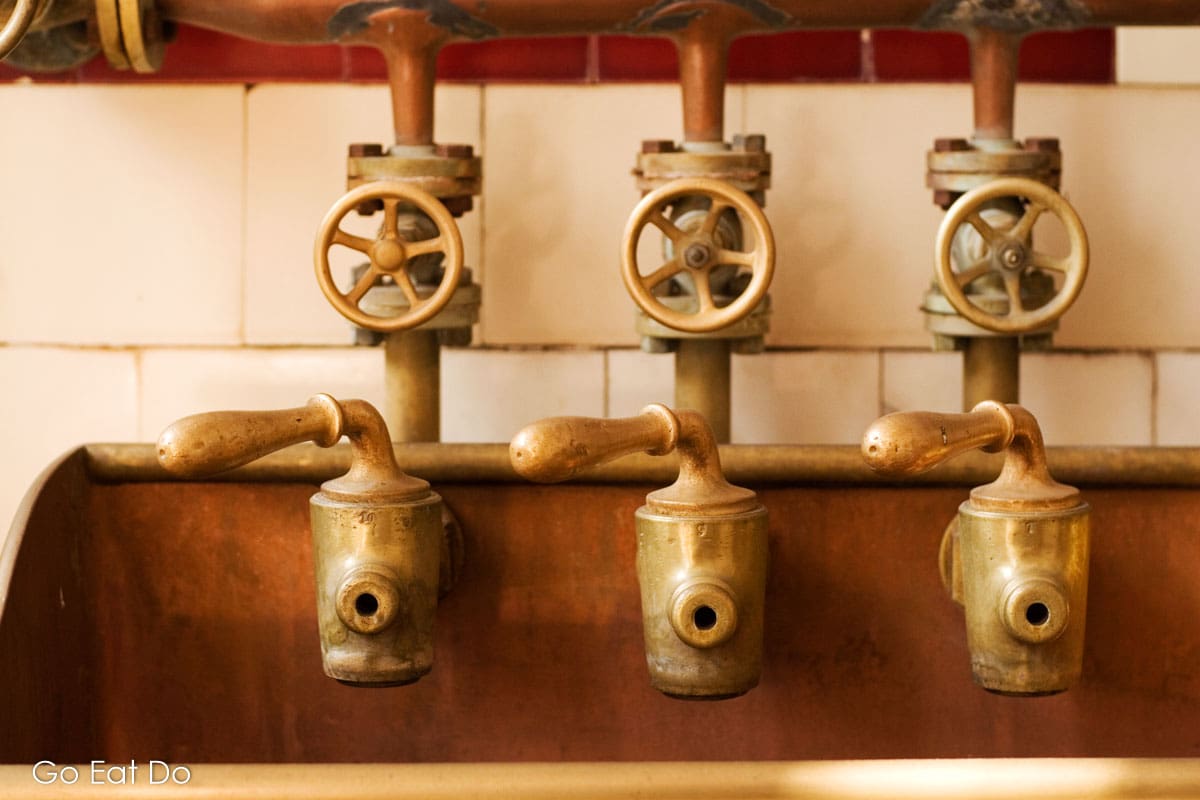
Matthias Trum is the Bräu – a Franconian term for a brewery owner, brewmaster, patron and housekeeper – at Bamberg’s Schlenkerla Brewery, which is renowned for its Rauchbier (smoke beer). He holds the view that “the Bavarian Reinheitsgebot of 1516 did not revolutionise brewing.”
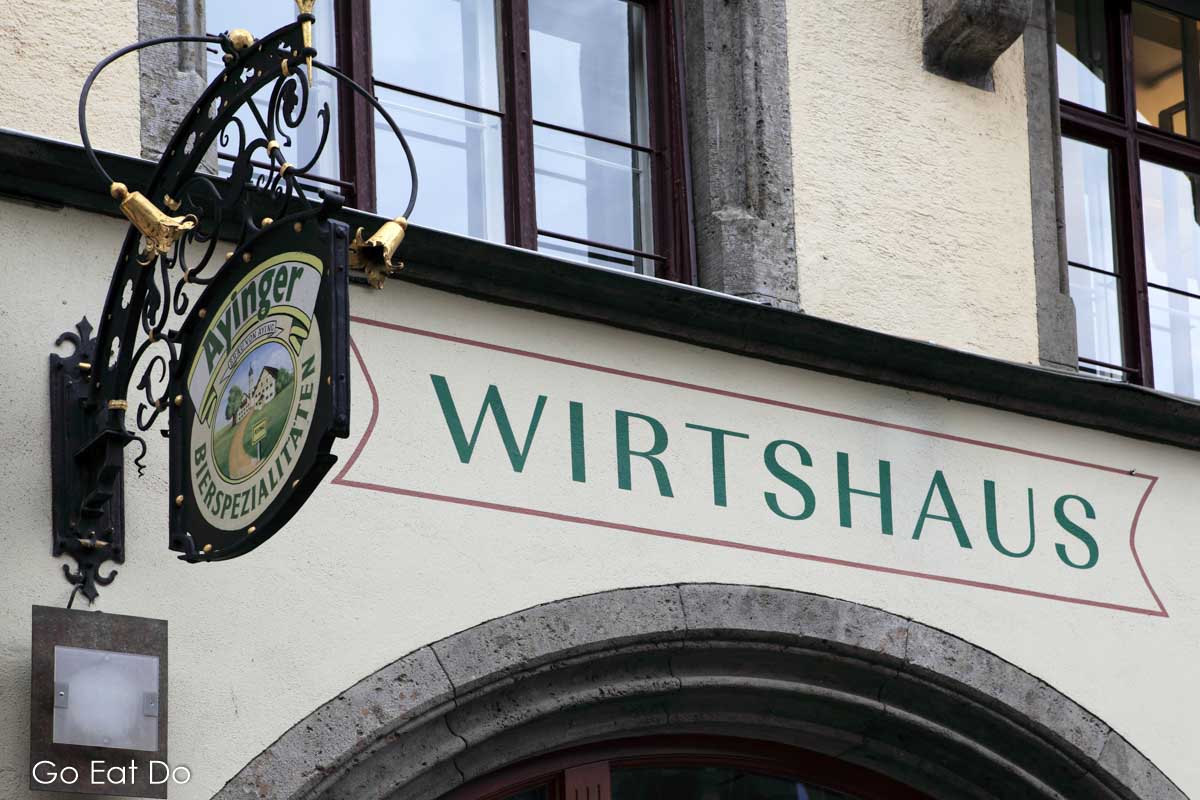
German beer law
He sees the law as a progression of local brewing legislation already on the statute books in cities such as Augsburg (dating from 1155), Regensburg (1469) and Bamberg (1489).
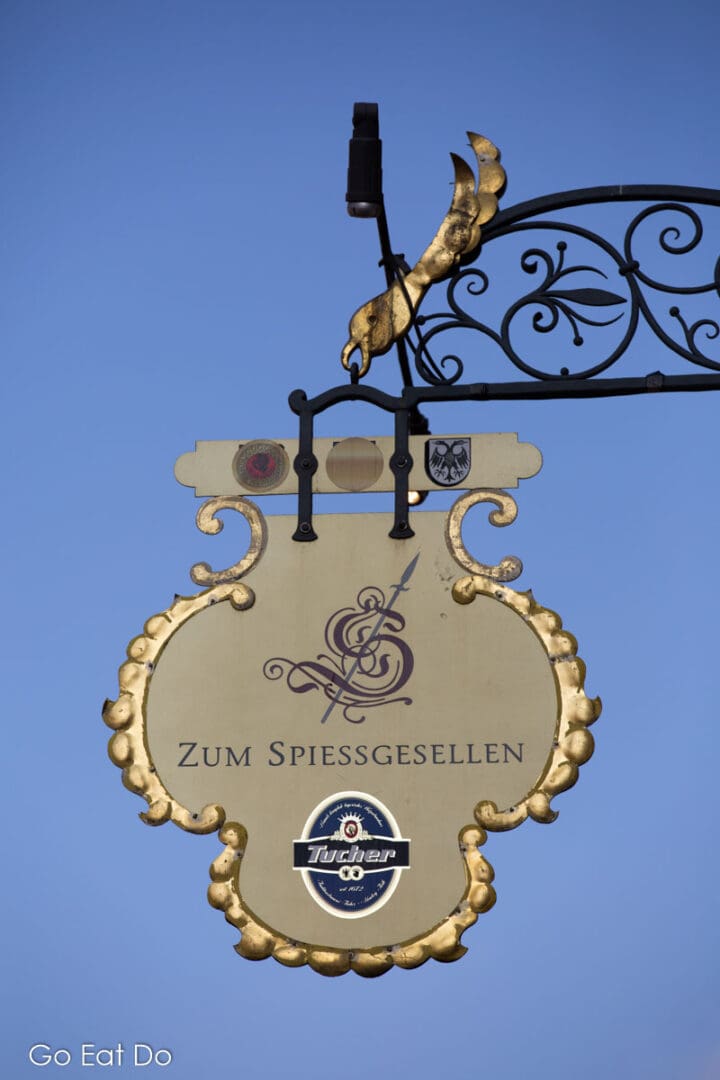
“What one has to keep in mind, though, is that all these purity laws had the main purpose of controlling tax and only secondarily the quality of the beer. Even today the Reinheitsgebot is still part of the vorläufiges Biersteuergesetz – the preliminary beer tax law – and not of any food control law,” says Trum. Over time, amendments have been made to take into account developments in scientific knowledge and changes to taxation but, in essence, the Bavarian purity law of 1516 remains on the statute books.
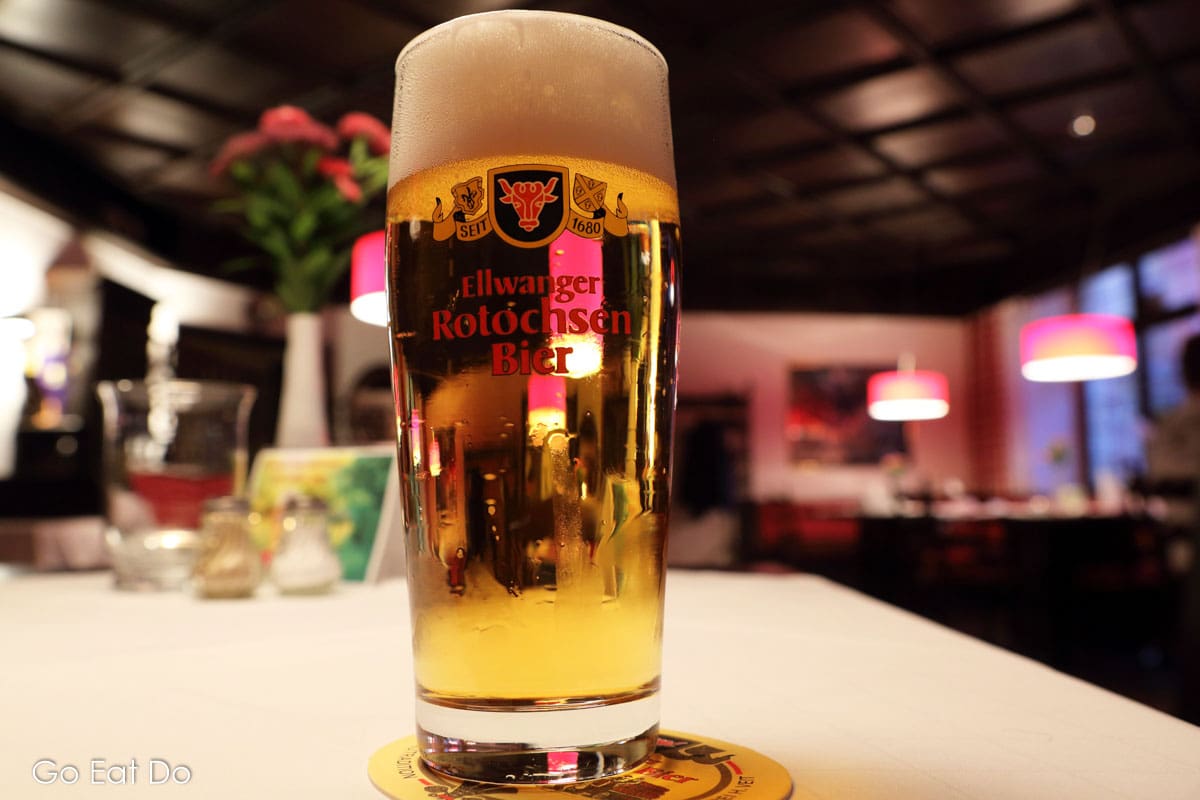
A precursor of modern food laws
Trum acknowledges the Reinheitsgebot made beer safer to consume and regards its impact as significant. “If you will, the revolutionary element was something different: the fact that government at all made a law on how to produce a certain food was the precursor for all the food laws we know today,” he says.
“The real legacy today, in my opinion, is that the Bavarian purity law defines what we – Bavarians, Franconians, Germans – mean when thinking of beer. It very much defines the product category. Even in the age of craft beer most Germans wouldn’t consider a, say, kriek or geuze [Belgian styles of ale] a ‘real’ beer,” says Trum. He adds that the continued dominance of lager on the world beer market is evidence that Germans exported this understanding to many countries.
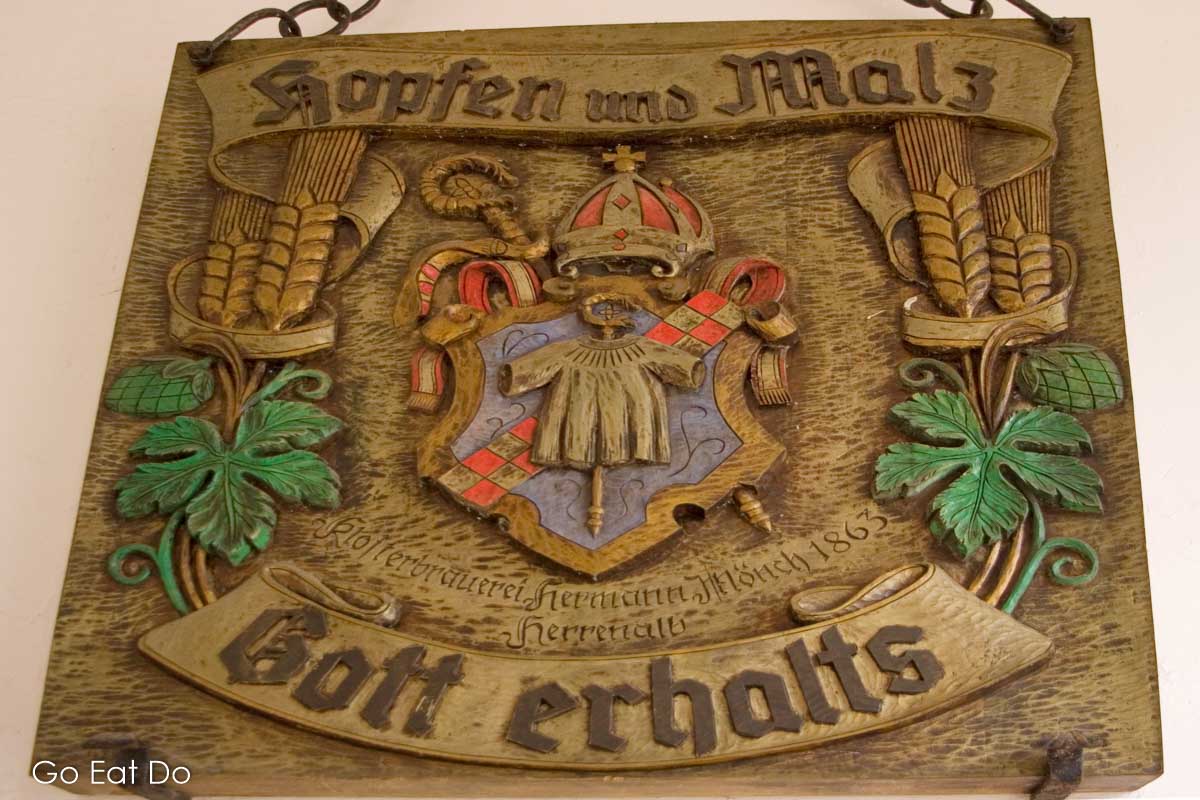
Purity law of 1516
In light of the ongoing craft brewing revolution in many Western countries, some people might argue that the continued application of the Reinheitsgebot handicaps the ability of German brewers to experiment and evolve. Others, though, would say changing the law would mean messing with a much-loved tradition.
“The law is up-to-date…Why dilute the definition of beer?” asks Prince Luitpold more than 500 years on from the introduction of the Reinheitsgebot.
The beer that’s being brewed in Germany seems to be going down well.
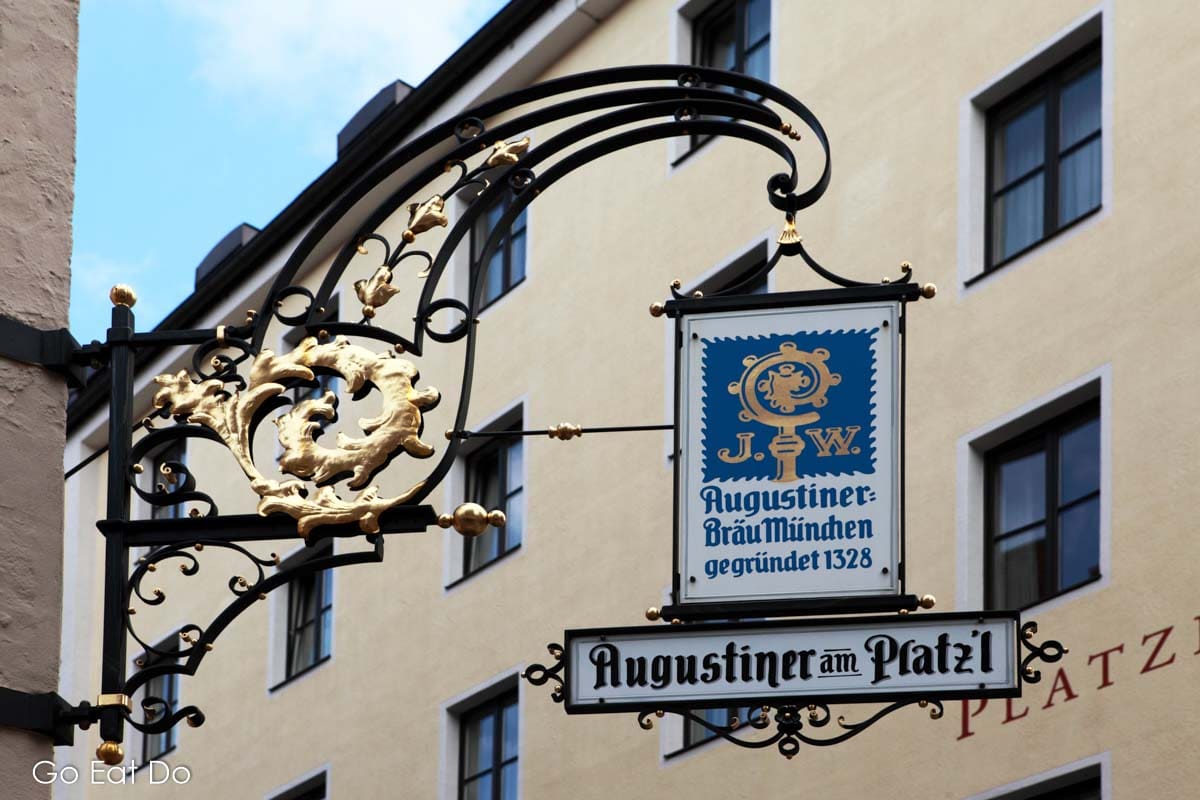
Books about brewing and beers
Enjoy brewing, beer and Germany You can buy the following books via Amazon by clicking on the links or cover photos:
German Beer Bucketlist by Leon Byrns:


Beer & Sauerkraut: An Insider’s Guide to Germany by John Morgan:

DK Eyewitness Germany travel guide:

Further information
The Bavaria and Germany Tourism websites provide information about places to visit across the country.
Photos illustrating this post are by Why Eye Photography.
Thank you for visiting Go Eat Do and reading this post about the Reinheitsgebot, the German beer purity law of 1516. If you appreciate good beer you may also want to read this post about organic farming and Austrian beer.
Stuart Forster, the author of this post, is a member of the British Guild of Beer Writers. Stuart speaks fluent German and frequently writes about destinations in Germany.
If you enjoyed this post why not sign up for the free Go Eat Do newsletter? It’s a hassle-free way of getting links to posts on a monthly basis.
‘Like’ the Go Eat Do Facebook page to see more photos and content.
This post was first published on Go Eat Do on 4 June 2016.
